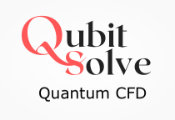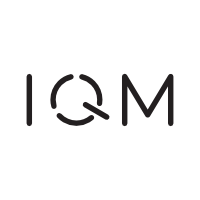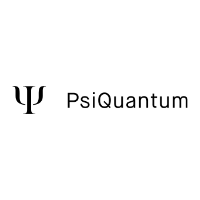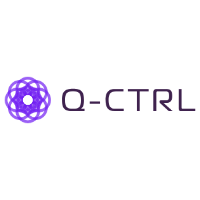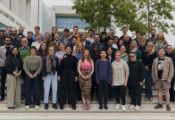EU Reinforces Its Cybersecurity With Post-Quantum Cryptography
June 23 2025 -- The EU Member States, supported by the Commission, issued a roadmap and timeline to start using a more complex form of cybersecurity, the so-called post-quantum cryptography.
Designed with complex algorithms, this is a key milestone to deflect advanced cyber threats.
Henna Virkkunen, Executive Vice-President for Technological Sovereignty, Security and Democracy, said:
“As we enter the quantum era, post-quantum cryptography is essential to ensure a high level of cybersecurity, fortifying our systems against future threats. The post-quantum cryptography roadmap provides a clear direction to ensure the robust security of our digital infrastructure."
Quantum technologies can perform complex tasks and lead to solutions for today’s global challenges, including climate change, detecting natural disasters, and finding new solutions in healthcare. The potential of quantum tech to deliver societal benefits is accompanied by risks its misuse can pose to the cybersecurity of our communications and connected infrastructure. An effective solution to these challenges is post-quantum cryptography, which uses encryption methods based on complex mathematical problems that even quantum computers find difficult to solve.
All Member States should start transitioning to post-quantum cryptography by the end of 2026. At the same time, the protection of critical infrastructures should be transitioned to PQC as soon as possible, no later than by the end of 2030.
In a response to the Commission's Recommendation published on 11 April 2024, the NIS Cooperation Group developed the strategy, reflecting the need for Europe to act now, as the development of quantum computers advances rapidly.

